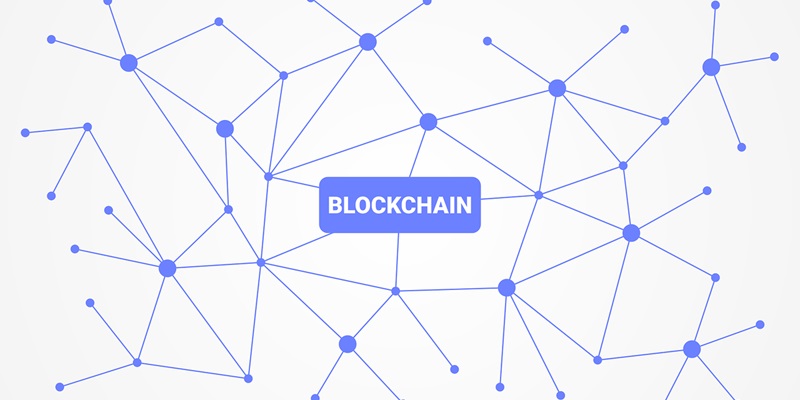Syntropy has undergone a significant transformation, evolving into Synternet and marking a significant advancement in blockchain technology. This shift brings a heightened emphasis on interoperability and the fluid exchange of information, key aspects for the integration with Web 3.0 paradigms. Synternet is unveiling a collection of technological improvements that not only demonstrate its commitment to innovation but also reflect a revamped visual brand. This rebranding is not just cosmetic; it echoes the platform’s commitment to building a more interconnected and efficient digital ecosystem. Through these changes, Synternet aims to facilitate the way data moves and interacts across disparate blockchain networks and applications, thereby enabling a more robust and user-friendly experience that aligns with the next phase of internet evolution. As a pioneer in the industry, Synternet’s striking visual identity and technical enhancements are geared toward empowering developers and users alike in the burgeoning Web 3.0 landscape.
The Rebranding: More Than a New Look
Understanding Synternet’s Redefined Mission
Syntropy’s rebranding to Synternet signifies more than a mere cosmetic shift; it’s a deep-seated commitment to overcoming the current fragmentation plaguing blockchain ecosystems. Traditional centralized data models frequently lead to bottlenecks, impairing the potential for decentralized networks to scale and operate efficiently. Synternet’s makeover goes beyond its name. It’s an ambitious overhaul of its core infrastructure, aligning with its vision of a seamless, interoperable Web 3.0 environment. This transformation is about paving the way for robust decentralization, ensuring that enhanced connectivity and collaboration are at the heart of a future-ready internet that leverages blockchain technology to its fullest. Through these strategic advancements, Synternet isn’t just refreshing its brand; it’s actively molding the bedrock for a more unified and effective digital age.
Signifying Technological and Strategic Evolution
Synternet is on the brink of a pivotal shift, underlining its commitment to crafting an integrated and flexible digital landscape. The impending milestones include the anticipated debut of the Synternet blockchain’s mainnet alongside the inception of a token bridge. The significance of these forthcoming advancements cannot be overstated. They are not mere updates but rather the cornerstones of a paradigm where seamless interconnectivity of cross-chain data is the standard. This transformation marks a future where data will flow effortlessly across distinct blockchain networks, setting the stage for unprecedented levels of synergy and cooperation in the digital realm. By ensuring compatibility and ease of transition between different platforms, Synternet is cementing its vision of a harmonized blockchain ecosystem—an era where the free exchange of information and assets propels the blockchain sector forward.
Strategic Moves: Token Bridges and Mainnet Launch
Introduction of a Functioning Token Bridge
Synternet’s latest token bridge forges a crucial link between Ethereum and Cosmos networks, fueling the cross-chain movement of assets and data—key for blockchain interoperability. This development marks a significant stride in enhancing seamless interactions across diverse blockchain landscapes, which is vital for the growth and integration of various platforms within the ecosystem. By enabling this connectivity, Synternet solidifies its commitment to smoothing out user experiences and broadening the scope for developers to innovate with cross-chain functionalities. This endeavor underscores a future where blockchain barriers are diminished, fostering a more unified and collaborative blockchain environment. Synternet’s initiative promises to unlock new possibilities in decentralized applications, laying the groundwork for a more interconnected and efficient blockchain universe.
Preparing for the Mainnet Launch
Synternet’s shift to becoming a Layer-1 blockchain is set in motion with its upcoming mainnet launch. This critical milestone is scheduled for the near future and reflects the platform’s readiness to fully support real-time cross-chain data streams. The accountability and capability of the Synternet blockchain will be showcased through this launch, as it sets to become the backbone for data interoperability missions worldwide. It is a declaration that Synternet is not merely reacting to the needs of the Web 3.0 community but is actively defining its progression.
In conclusion, Synternet’s evolution into a refined embodiment of its initial vision is a testament to the seriousness with which it takes its role within the blockchain ecosystem. Through its strategic rebranding and technical advances, it is carving out a space for itself as a beacon of interoperability in an ever-more connected Web 3.0 world.

